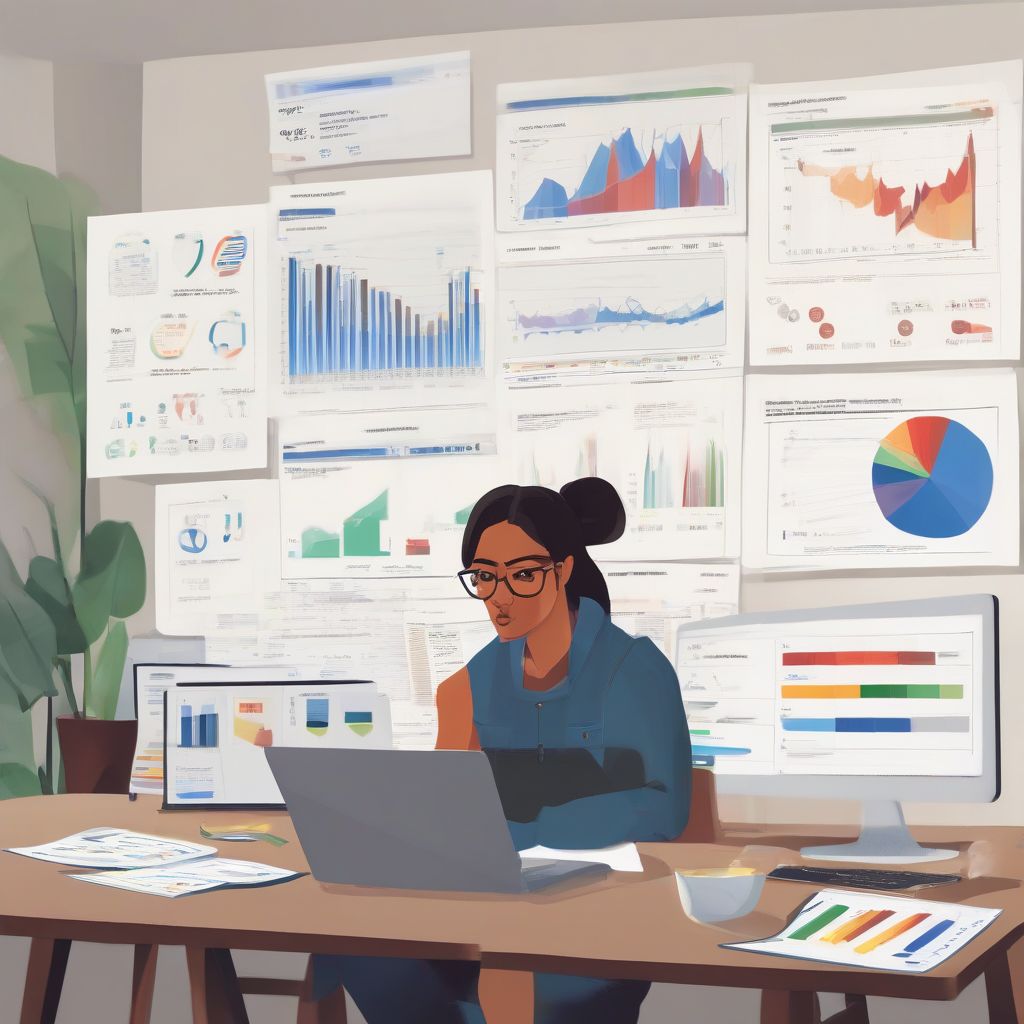Ever feel like you’re running on a treadmill, desperately trying to pay off debt, but not making much progress? You’re throwing money at the problem, but the balance barely budges. It’s a frustrating situation, and you’re not alone. Many people struggle with debt, and it’s often due to common, avoidable mistakes. This article will delve into those pitfalls and provide a roadmap to help you navigate your debt payoff journey effectively.
Understanding Your Debt and Creating a Plan
The first step to conquering debt is understanding its nature. What types of debt do you have (credit cards, student loans, personal loans)? What are the interest rates? List everything out. This gives you a clear picture of your financial landscape. As a nutritionist, I understand the importance of understanding your starting point before creating a plan – it’s the same with your finances. Just like tracking calories, tracking your spending and debt is crucial.
Prioritize High-Interest Debts
One of the biggest mistakes is not prioritizing high-interest debt. Imagine trying to lose weight while still indulging in sugary drinks daily – it’s counterproductive. Similarly, focusing on lower-interest debt while high-interest debt accumulates is like treading water. Target the debt with the highest interest rate first (the debt avalanche method). This saves you money in the long run.
Create a Realistic Budget
Budgeting is essential. It’s your financial meal plan. Track your income and expenses to identify areas where you can cut back. Even small savings add up. “A budget is telling your money where to go, instead of wondering where it went,” Dave Ramsey, personal finance expert, famously said.
 Debt Payoff Plan
Debt Payoff Plan
Avoiding Common Debt Payoff Mistakes
Ignoring Lower Balances
While prioritizing high-interest debt is crucial, completely ignoring smaller balances can be a mistake. Small victories can motivate you. Consider using the debt snowball method, paying off the smallest balance first for a psychological boost, then tackling the next smallest.
Only Making Minimum Payments
Making only the minimum payments keeps you in debt longer and significantly increases the total interest paid. It’s like nibbling on a salad while still ordering a large pizza – you’re not making real progress. Always strive to pay more than the minimum whenever possible.
Not Negotiating Lower Interest Rates
Don’t be afraid to negotiate lower interest rates with your creditors. A lower rate means more of your payment goes towards the principal balance. It’s like getting a discount on your groceries. Many creditors are willing to negotiate, especially if you have a good payment history.
Taking on New Debt
Avoid accumulating new debt while trying to pay off existing debt. This is like trying to lose weight while constantly snacking. It defeats the purpose. Focus on breaking the cycle of debt, not perpetuating it.
Not Building an Emergency Fund
While paying off debt is a priority, a small emergency fund is essential. Unexpected expenses can derail your progress. Aim for a small buffer to cover unexpected costs, like a car repair, to avoid falling back into debt. Suze Orman, personal finance guru, emphasizes the importance of an emergency fund, stating, “An emergency fund is for those unexpected events in life that you can’t plan for.”
Staying Motivated and Consistent
Paying off debt can be a marathon, not a sprint. Stay motivated by celebrating milestones and tracking your progress. Visualizing your debt-free future can be a powerful motivator.
Seek Professional Advice
If you’re overwhelmed, consider seeking advice from a financial advisor. They can provide personalized guidance and help you create a tailored debt management plan.
Conclusion
Paying off debt requires a disciplined and strategic approach. By understanding your debt, creating a realistic plan, and avoiding common mistakes, you can take control of your finances and achieve financial freedom. Remember to prioritize high-interest debt, avoid taking on new debt, and stay motivated. Small consistent steps can lead to significant results over time. Now, take charge of your financial journey and start making those positive changes today! Share your thoughts and experiences in the comments below, and let’s support each other on this journey. Do you have any debt payoff tips that have worked for you? Let’s learn from each other!



